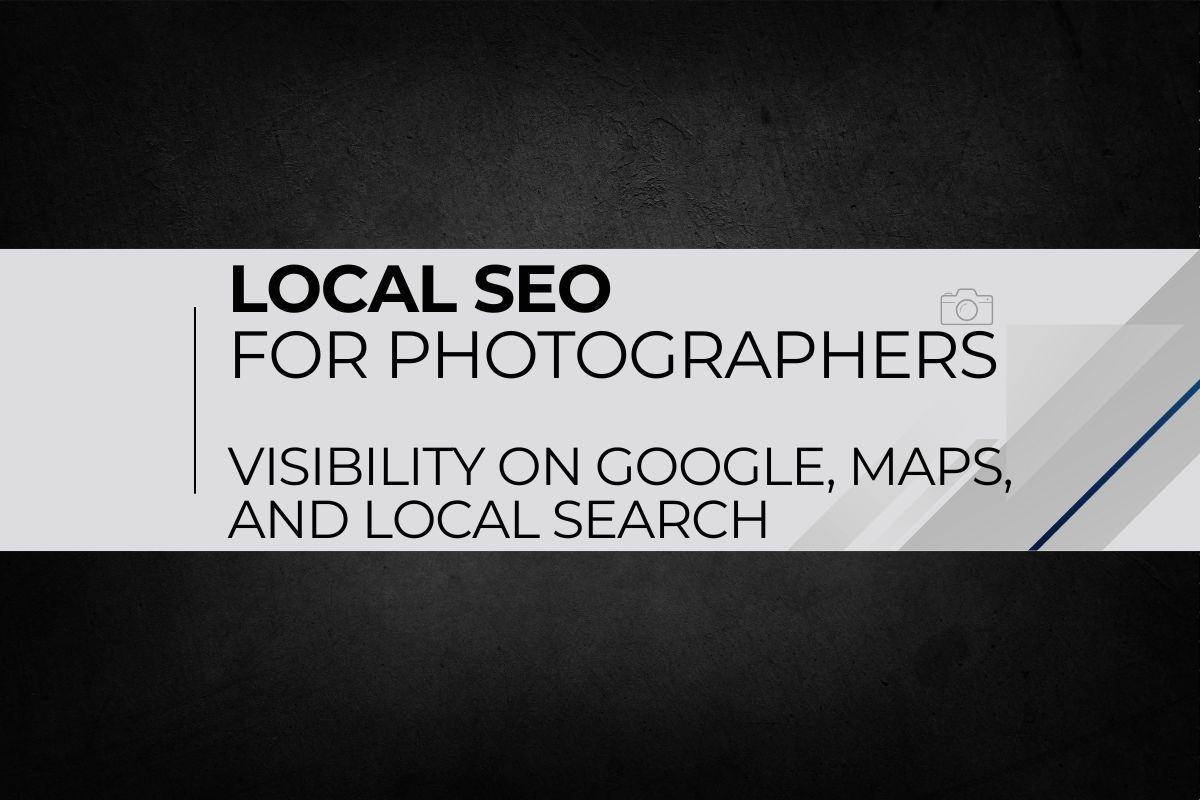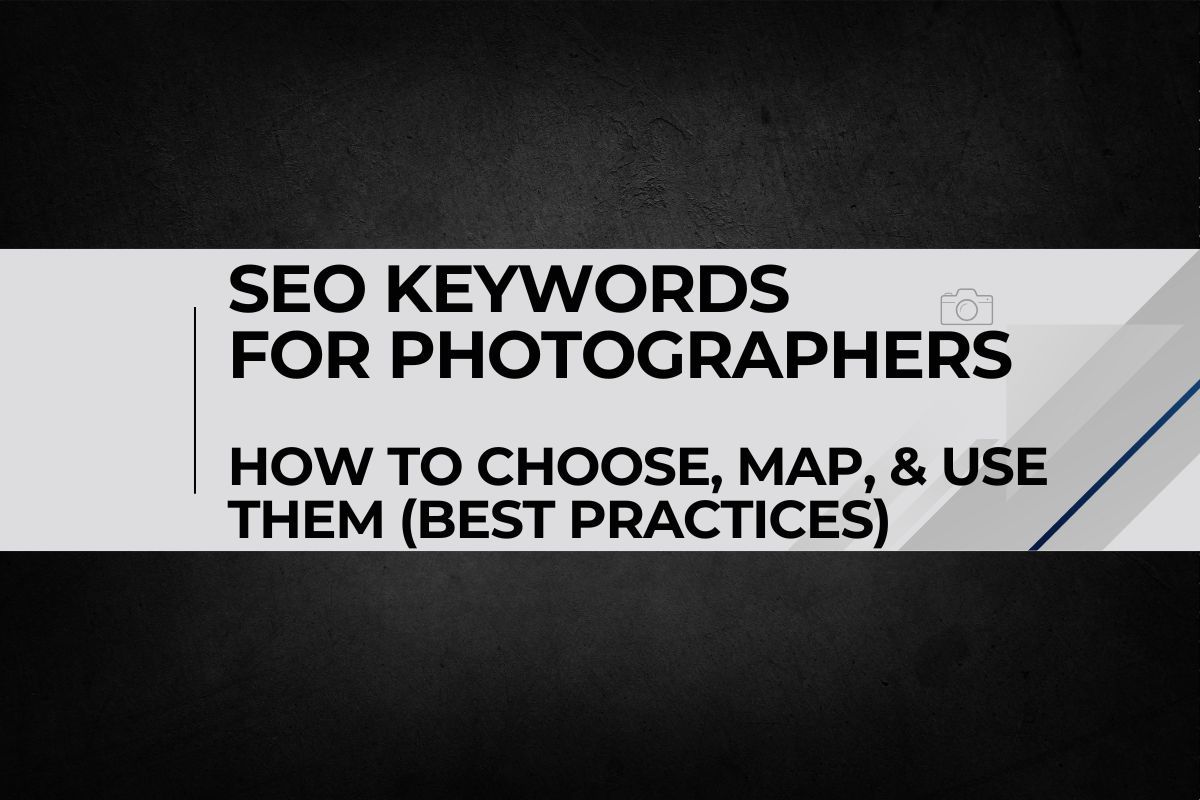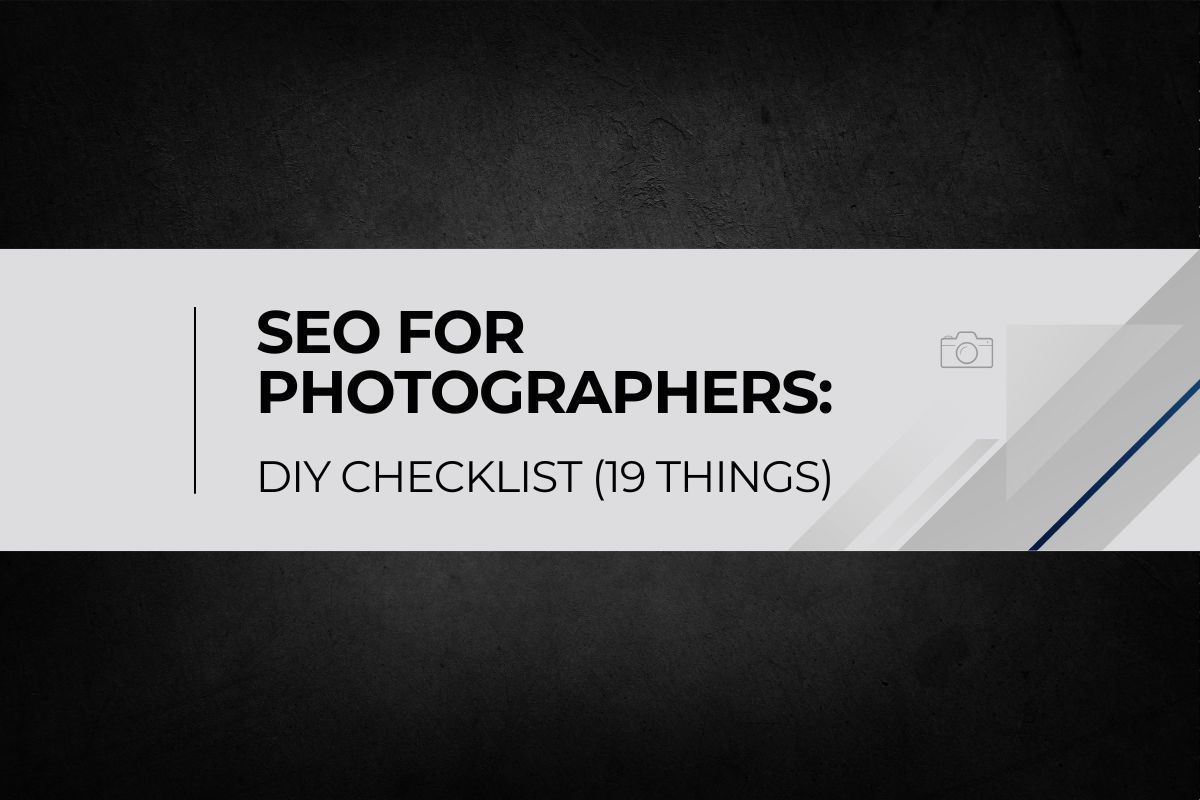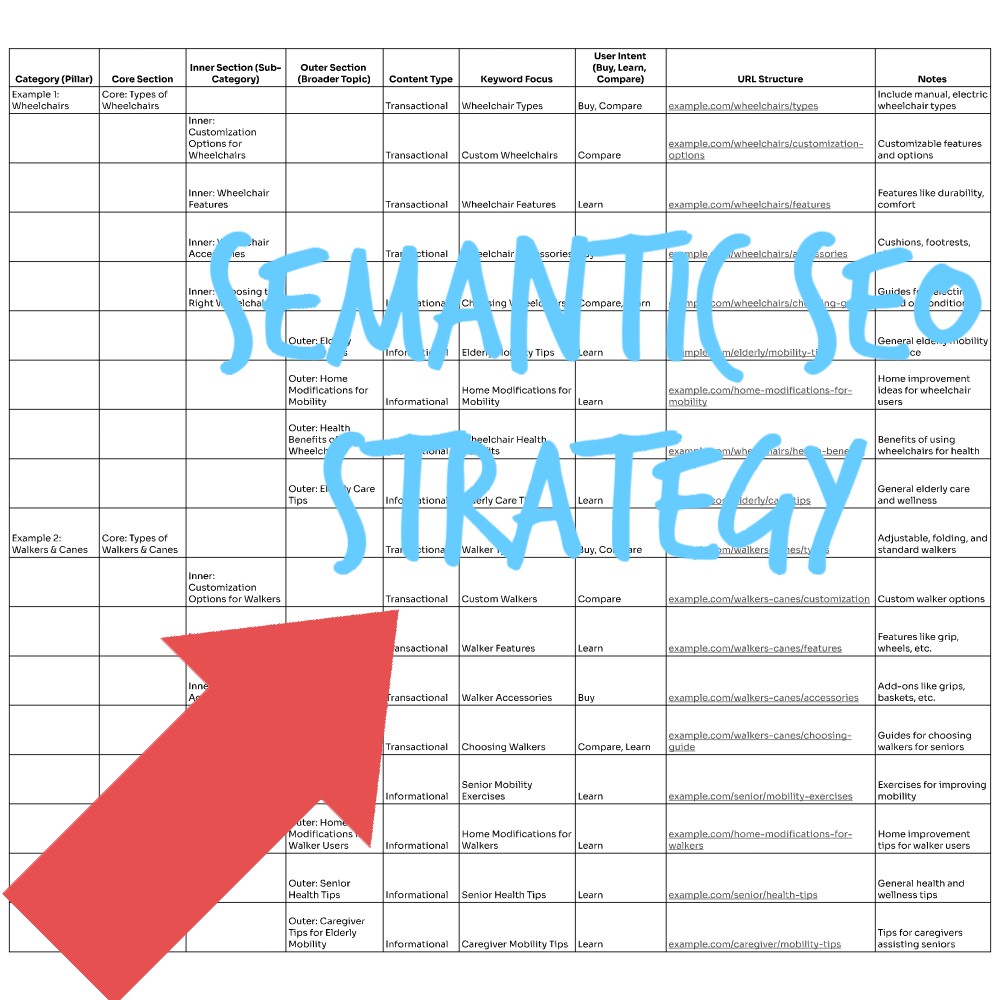The Photographer’s Mindset for SEO and Long-Term Success

When most photographers think about SEO, they picture a technical checklist: keywords, meta tags, sitemaps. And while those things matter, real success comes from approaching SEO like a photographer — with the same mindset, care, and client focus you bring to your shoots.
There are no shortcuts here to try and trick the algorithms. It’s about creating an online presence long-term that reflects your craft, builds trust, and helps the right clients find your photography business.
Common Photographer SEO Mistakes to Avoid
Missing Location Details
This is one of the most obvious but overlooked issues. If people don’t instantly know where you’re located, you’re losing out on inquiries. You could have the most beautiful images in the world, but if a potential client can’t figure out if you’re even in their city, they’ll bounce and book someone else.
Mixing Portfolio and Service Pages
A lot of photographers blur the lines between service and portfolio. A service page should be about the client — answering their questions, showing pricing, outlining what to expect. A portfolio page is where they sit back, scroll through your work, and imagine themselves in those photos.
When you combine the two, neither page works well. Clients looking for answers get lost in endless scrolling, and clients browsing photos get interrupted by sales copy. Keeping them separate creates a smoother experience and makes your site easier to navigate.
Over-Relying on Generic AI Copy
Another big mistake is relying on AI to write your page descriptions. You can tell immediately when something has been cobbled together by a bot. It reads flat, generic, and impersonal. That doesn’t help you stand out, and it doesn’t connect with real people. Your words, your stories, and your perspective are what make your site authentic.
See more common SEO mistakes photographers make in:
SEO for Photographers: Complete Guide.
How Photographers Can Think Like Clients to Improve SEO
When photographers try to “do SEO,” they often think about what they want to show. But the better approach is to look at your site the way a client would.
Ask yourself the same questions you’d have if you were hiring someone for your own family photos:
- Do they have the right experience?
- Can they handle evening sessions or sunset photos?
- Do they do indoor studio work or only outdoor?
- Have they done shoots like this before?
- Do they have reviews I can trust?
- Does their portfolio match my style and vibe I’m looking for?
If your site doesn’t clearly answer these questions, people won’t feel confident in reaching out. SEO gets easier when you build content with a client’s mindset. You’re not just putting yourself on display; you’re showing that you understand their concerns and that you can deliver the experience they want.
That’s how you stand out from photographers who only focus on selling themselves instead of creating trust and delivering a solid service.
Fitting SEO Into a Photographer’s Busy Schedule
Here’s the truth: if you’re a busy photographer, you probably can’t do SEO at the professional level it takes to outpace your competitors.
Between shooting evenings and weekends, editing during the week, keeping up with social media, handling invoices, and managing the back end of your business, there’s simply not enough time.
That’s why so many photographers wait for the off-season to focus on SEO. The problem? They spend that downtime trying to build something without knowing what to look for — then mid-season rolls around, traffic isn’t coming in, and all that effort feels wasted.
If you can’t commit to a full SEO strategy, here are the bare essentials you can maintain year-round:
- Stay updated on your photos — keep your portfolio fresh and your services pages current.
- Maintain a clean site layout — so you’re building forward, not recreating from scratch every year.
- Keep collecting reviews — even if you do nothing else, reviews are gold. They build trust, fuel your Google Business Profile, and later become the foundation for blogs, case studies, and sales copy.
If you consistently do just those three things, you’ll be in a far better position when the time comes to hire someone to take SEO off your plate.
Why Photographers Need More Than Keywords for SEO Success
Keywords are critical — without them, your content won’t show up in searches. But you can’t stop at sprinkling keywords across a page.
Think of a keyword like “family photographer in [city].” That’s your foundation. Now, build out content around it that answers everything a client might want to know:
- What’s the average cost of a family photographer?
- How can families prepare for their session?
- What’s the best time of day for photos?
- What should they wear?
- Where are the best local spots for family shoots?
- Whats it like working with you?
This kind of supporting content shows Google you’re not just repeating a keyword — you’re an authority. You know your craft, you answer real client questions, and your site becomes the go-to resource in your area. That’s when keywords become more than just words; they become part of a full strategy.
Remember, you are a real business solving a real problem for clients: they need a photographer. Run your website like the professional business that you operate, and this will help with overall authority and online presence.
Real Photographer SEO Example: Small Changes, Big Impact
Pairing Strong Structure With Personality
A quick example: I worked with a wedding photographer who already had strong basics: a clean site structure, clear service pages, and lots of Google reviews. What set her apart, though, was her behind-the-scenes content.
Multi-Channel Content That Reinforces Trust
Her wedding photography page didn’t just show professional, polished images. It had short video clips of her working with couples — directing poses, fixing details, making them laugh. Those videos also lived on Instagram and YouTube, giving search engines more signals that this was a real, active business.
When couples inquired, they often mentioned those clips. They could see her personality and how she worked with clients, which made them confident she was the right fit.
That’s what good SEO really is: the combination of technical basics that get you found, and authentic, human content that makes people want to work with you once they land on your site.
Final Thoughts
Long-term SEO success for photographers doesn’t allow for shortcuts, hacks, and cheap SEO. It’s about three things:
- Clarity — in how you present your services, pricing, and location.
- Consistency — in keeping your photos, reviews, and site structure fresh.
- Connection — showing your personality and building trust through authentic content.
Approach your website the way you approach a shoot — prepared, intentional, and focused on the client experience — and your SEO will grow stronger season after season.






